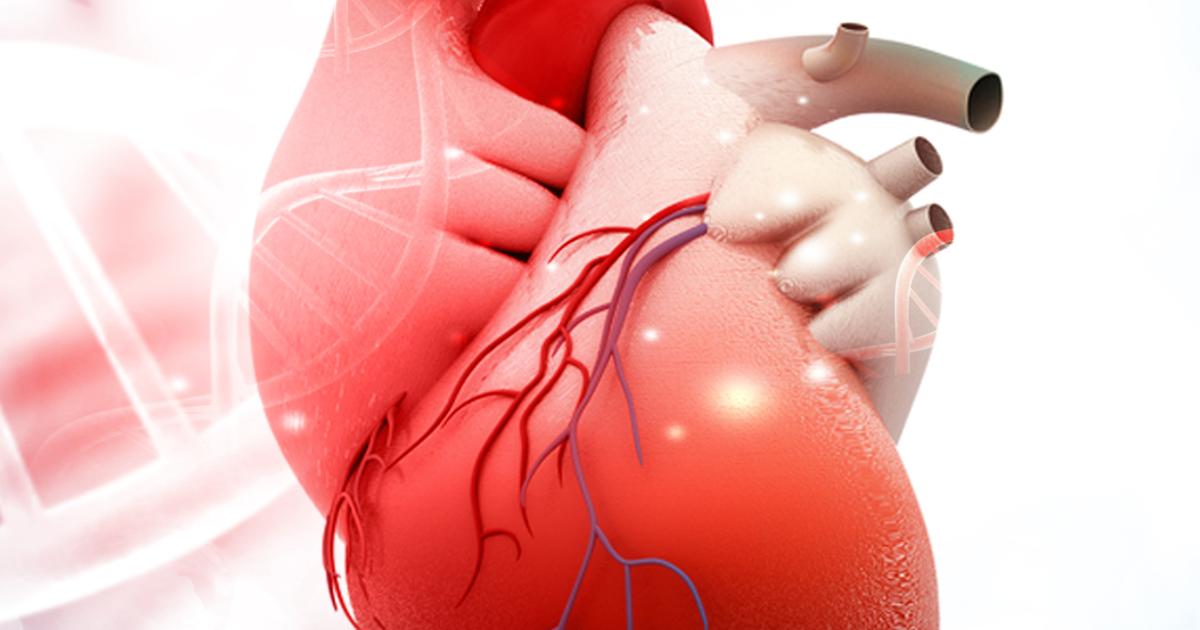What Is The Bentall Procedure?
How Patients Can Prepare

There are several steps a patient who will undergo the Bentall procedure needs to take before admission to properly prepare their body and minimize the risk of complications. Every patient needs to discuss the medications they are currently taking with their surgeon, as some may need to be stopped before surgery. Patients also need to arrange for transportation home and help with daily tasks for a couple of weeks following the procedure. Certain tests will need to be done before the procedure, including a chest x-ray, nose and groin swabs, echocardiogram, blood tests, and carotid dopplers. Usually, a patient will need to cease drinking or eating twelve hours before the time of their procedure admission. If a patient has a prevalent amount of hair on their chest and upper abdomen, they should shave the day before their procedure to reduce the risk of infection. Nail polish, makeup, and jewelry should also be removed if applicable.
Get familiar with the risks of the Bentall procedure next.
Risks Of The Procedure

Every surgical procedure carries some degree of risk, and the Bentall procedure is no exception. Over five percent of all patients who undergo the Bentall procedure will experience side effects, including bleeding, short term memory difficulty, abnormal heart rhythms, problems concentrating, and blurry vision. Less than five percent of all patients who undergo the Bentall procedure may experience rare side effects, such as problems with the lungs, stroke, development of pneumonia, septic shock, wound infections, blood clot in the legs or lung, problems with the kidneys, heart conduction disturbances, or death. Common signs a patient is experiencing post-surgical complications from their Bentall procedure include a high fever, redness around their incision, excessive chills, drainage from the incision, and excessive pain at the incision site. Based on the possible complications of the Bentall procedure, some patients may not be ideal candidates. Each patient is thoroughly informed about the risks of this procedure in relation to their health and condition before deciding to undergo it.
Discover how the recovery process following the Bentall procedure works next.
